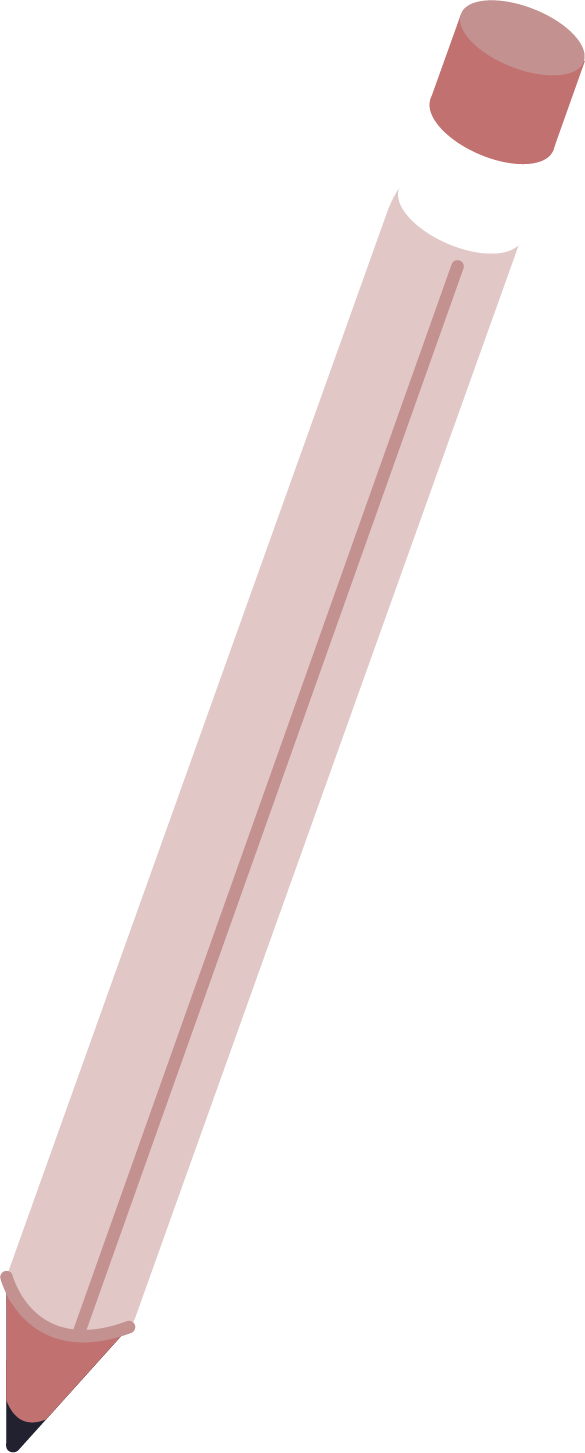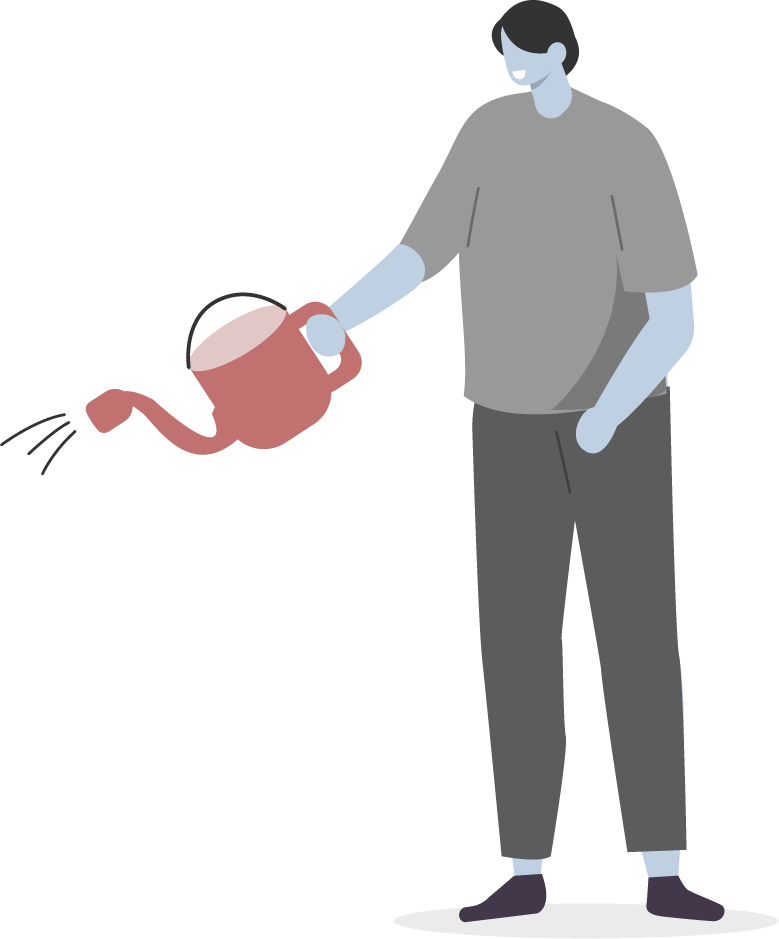5 top reasons for desk rejection – and how to avoid them
After submitting a manuscript to a journal, some authors are focused on the outcome of the peer review process, forgetting that a ‘desk rejection’ is the first hurdle they have to overcome.
Over the years Taylor & Francis journal editors have shared the top reasons for desk rejection, which were all quite similar regardless of discipline. These reasons are focused on three main areas in the publishing journey:
Choosing the right journal
Preparing your manuscript
Navigating the peer review process
When it comes to scholarly publishing, the reasons for desk rejection are more often than not within your control. Read on to find out how to avoid them.
1. Sent to the wrong journal

Choosing a journal that is not a good fit for your work can slow down the publishing process.
Your first step should be reading a lot of published research to identify potential journals in your field.
When you come across articles similar to your work, make note of the journals they were published in. This will help you become aware of the journals that publish research like yours.
Networking is an important part of academia, so talk to your colleagues and mentors who have publishing insights and know your work well. They will be in a good position to recommend suitable journals to include in your list of journal options.
Apart from your own research, feedback from colleagues and the different criteria set by your institution, you can also try the Taylor & Francis Journal Suggester. This tool uses artificial intelligence to review your abstract, compares it with published articles and pairs it with the most suitable journals.
Once you have identified a list of journals that could be a good fit for your work, please read each journal’s aims and scope statement. This will give you a clear understanding of what the journal is about and the types of research they are interested in publishing.
Post information
Related posts
2. Not a true journal article
It is possible for editors to determine that your article is not a true journal article. This could mean that what was submitted to the journal is more similar to another type of academic writing such as a book chapter, condensed thesis etc.
Here are a a few characteristics that may portray your article as not being a true journal article:
Has many different points
It is unfocused
Too journalistic
Lacking the structure or language of a journal article
Before you start writing your journal article, it’s important to spend time understanding your work and the audience you would like to reach.
Throughout your career, you’ll likely engage in numerous research which will lead you to produce a variety of content. Typically, most people focus on publishing a journal article, but in reality research work often results in a mixture of different article types. It’s not just the final research article that can be published.

“One of the challenges faced by authors, especially early career researchers, is communicating their research findings in a manner that’s suitable and in line with how most researchers in their field present the research.”
3. Not following the journal’s guidelines

This is a very important and easy issue to address. Every journal has its own sets of rules and requirements that help guide potential authors to construct and present their article for submission. These are called instructions for authors (IFAs).
Make sure you get familiar with the IFAs of your target journal. Here you will find information about the journal, the article preparation requirements, the manuscript submission process, your publishing options such as open access, the peer review process, data sharing policy, and more.
By reading the journal’s instructions for authors you’ll know if your article is ready for submission according to the journal’s expectations and if it includes everything the editorial board would like to see.
4. Unsound manuscript
Here are a few reasons a manuscript may be considered unsound by a journal:
Poor regard for the journal’s conventions
Inadequate style, grammar, punctuation, or English
No contribution to the subject
Not properly contextualized
Lacking an appropriate theoretical framework
Messy presentation and sloppy proofreading
To gain a good understanding of how to prepare your manuscript properly, your writing has to be easy to read and understand. The best way to become a great writer is by reading other great writers’ work in your field. See how they structure their points and present their data, then model your work after theirs’.
Make sure you take time to learn how to write and structure your journal article. Remember that you are telling a story, it has to be consistent and have a good flow. This is why it is encouraged to complete your first draft before attempting to edit your paper as this is your opportunity to improve your paper.
Share your work throughout the writing process to get as many appropriate colleagues as possible to read and comment before you submit it. Getting fresh eyes on your work can highlight mistakes you may not have realized. The manuscript you submit should be in the best shape possible.

5. Unethical, or lacks objectivity

This is when the article breaches ethical guidelines or presents research in a problematic way. It may be challenging for you to know if your article has been presented in an ethical manner.
Here are a few examples of issues that are commonly identified, to help you better identify these breaches:
Many of these issues could be due to lack of fully understanding or confusion regarding these guidelines.
For guidance, support and your ethical checklist, please read the ethics for journal authors guide.
Watch this webinar for more insights
This blog post was derived from the Taylor & Francis researcher webinar – Avoiding rejection: how to successfully navigate the publishing process.
Where to next?
If you’ve found these tips helpful, take a look at:
3 great tools for choosing your journal – Narrow down your shortlist and identify the best home for your research.
8 useful research paper writing tools – Get help to work better and smarter when writing a research paper.
Our Insights newsletter – the latest news, tips, and resources delivered straight to your inbox.